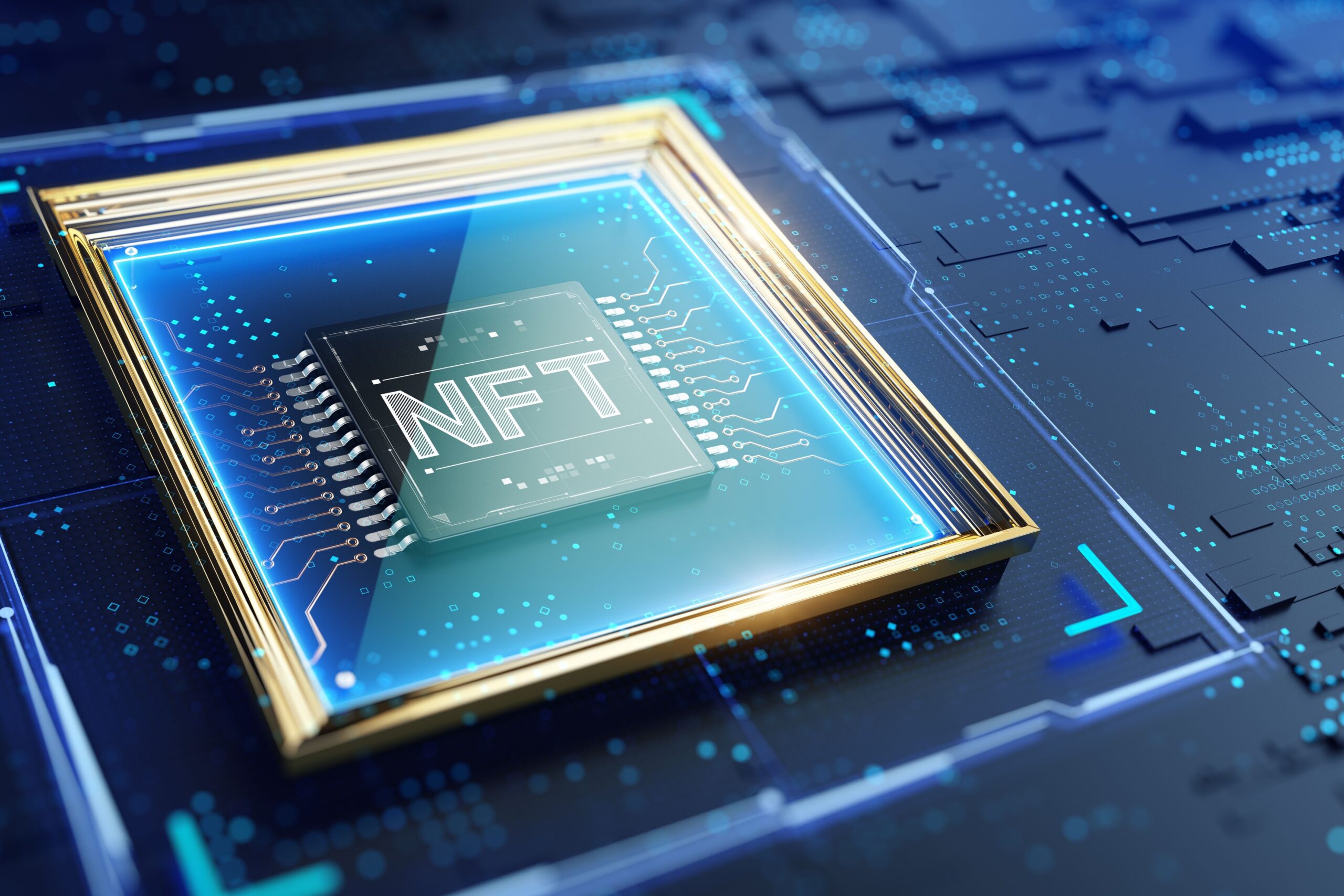
Tokenization of financial assets
The tokenization of financial assets – Benefits, drawbacks & opportunities
In recent years, more and more people have become interested in the tokenization of assets – both financial assets and real world minerals and precious metals.
This has been largely down to the emergence of Web3 and the success of crypto investment platforms and fintech innovation.
Today, crypto investment apps abound, while there are crypto-exclusive service providers in most industries.
Tokenized assets convert financial assets, including stocks, bonds, and cash, into digital tokens that are created, traded, and stored on open-source blockchain technology.
As a result, many of the traditional barriers attached to investing have been removed, providing more people with the opportunity to buy and trade in financial assets.
Here, we explore how the tokenization of financial assets works, and introduce you to the benefits, drawbacks, and opportunities presented by this growing trend.
What are tokenized financial assets?
The tokenization of financial assets is facilitated by blockchain technology. A digital token represents fractional ownership of a real-world financial asset, which can then be traded on a digital platform. The real-world assets can include cash, stocks, and bonds.
The blockchain creates a digital token that is backed by a self-executing smart contract. Every token then represents a real-world asset, and its value is tied to its real-world performance.
Once purchased, these tokens can be stored in digital wallets and traded easily on numerous online platforms. Fundamentally, the tokenization of such assets breaks down barriers traditionally attached to investing.
Practically anyone with a small amount of money, a smartphone, and an internet connection can buy tokenized financial assets. This is in stark contrast to buying financial assets in the real world, which usually requires national ID, a bank account, minimum purchase agreements, and numerous other potential barriers.
How does it work? The steps involved in tokenization
There are numerous steps involved in the tokenization of financial assets:
The creation of the digital token
Blockchain technology creates a digital token that is pinned to a real-world financial asset by a smart contract. These self-executing contracts are created with the terms of the agreement embedded.
They then govern, manage, and distribute the tokens when they are hosted on the blockchain and traded among investors.
The deployment of the token on blockchain
After its creation, the token is deployed on a blockchain. The blockchain may be public or private and legal rights are then attached to the token. Popular options include the likes of Ethereum and Binance Smart Chain.
The trading of the token
Token standards have to be met to ensure the tokens are compatible with exchanges and wallets. For instance, on the Ethereum blockchain, ERC-20 and ERC-721 are used for fungible and non-fungible tokens, respectively.
A digital platform is then chosen to trade the token. Investors can purchase numerous digital tokens on crypto trading platforms to diversify and bolster their investment portfolios.
Tokenization benefits
There are numerous potential benefits to embracing the tokenization of digital assets. Namely:
Quicker transactions
While many financial asset transactions take several business days to complete, tokens are traded and settled instantly without delays. This is due to the self-executing smart contracts built into the token’s DNA.
Democratized access
Though scale is still required, much more people have access to tokenized financial assets than conventional digital assets. This is because tokens have much fewer barriers to entry, meaning more people can buy and trade them.
Enhanced transparency
As well as facilitating instant transfers, smart contracts increase the transparency of financial transactions. Smart contracts are coded into every token, and they self-execute under specific instructions, such as when they are bought and sold. The blockchain then provides an immutable record of the tokens as and when they are traded.
Open-source infrastructure
Tokens are created and traded on blockchains, which are open-source platforms. As a result, they are cheaper and easier to iterate than conventional financial platforms, which, among other things, reduces the costs associated with processing transactions.
Drawbacks of tokenization
While there are lots of positives associated with tokenized financial assets, there are also several drawbacks to be aware of at this stage of their development:
Lack of actual ownership
By its very nature, a token is a representation of a real-world asset, and it doesn’t provide actual ownership of a tangible product. This can be problematic should legal recourse be required and if any issues stem from the trade. Also, some people question the premise of owning a digital token of a financial asset, rather than the asset itself.
Scaling issues
Scale is a big challenge for asset tokenization, and many of the initial projects have been one-off proof-of concepts backed by permissioned blockchain. When tokenized assets are ready to scale, the transition to blockchains like Ethereum could cause issues relating to governance, speed of transactions, and security.
Many question whether blockchains are ready to accept a large influx of tokenized financial assets and whether the required safety and security protocols are in place.
Custodian issues
While the tokenization of financial assets goes hand in hand with decentralization, self-custody models have their limitations. If someone loses their private key or is subject to a theft, it can be difficult or frankly impossible to retrieve the stolen or misplaced tokens.
To satisfy their legal duties, dedicated custodians may be introduced by regulated institutions for liability and security. This might be off-putting to some who favor blockchain-backed assets for its independence from red tape and over regulation.
Crime
All digital asset classes are susceptible to fraud, and financial assets are certainly no exception. In spite of the introduction of KYC procedures, phishing attacks and other scams still prevail.
For tokenization to apply to the mainstream, security issues and fears of crime must be addressed, as many people still fear losing their tokens to cybercriminals.
Trends & opportunities – tokenized financial assets
Stablecoins are one of the main options for tokenized financial assets. These are digital tokens tied to real-world currency. A great example is Tether, which is tied to USD.
In some respects, stablecoins are a bridge between crypto and fiat currencies, and have a market share of approximately $100 billion today.
Real world assets are another growing trend in this segment. Treasury bonds are an example of this, while tokens of corporate bonds are also available.
They appeal to token investors as they offer portfolio diversification, much like the way that many traditional investors pad out their portfolios with a combination of stocks and bonds.
Finally, tokenized financial instruments are also becoming more and more popular. Institutions like JPMorgan and the European Investment Bank have offered tokenized financial instruments, with the long-term objective of obtaining efficiency gains.
The future of tokenization?
There’s a lot of excitement surrounding the tokenization of financial assets. The benefits undoubtedly outweigh the drawbacks, with investors able to capitalize on instant transactions that are cheaper and more secure than traditional investing.
Sensitisation and education are required, however, to drive tokenization into the mainstream. Further thought about the governance of tokenized financial assets is also key, as are enhanced safety measures that can put investors’ minds at ease when it comes to the threat of cybercrime.
References
https://www.intfiba.com/services-and-products/securities-transactions/digital-tokens/
https://n26.com/en-eu/blog/tokenization-of-financial-assetshttps://www.mckinsey.com/featured-insights/mckinsey-explainers/what-is-tokenization


